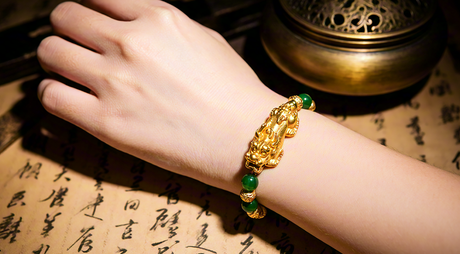Military gear has come a long way—from rough wool uniforms and canvas backpacks to today’s advanced tactical equipment designed for mobility, protection, and performance. Whether you're a history enthusiast, tactical gear collector, or outdoor adventurer, understanding the military gear history offers both perspective and appreciation for how far technology and design have evolved.
Table of Contents
- 1. World War I: The Birth of Industrial-Scale Gear
- 2. World War II: Functionality Meets Mass Production
- 3. Cold War Era: From Steel to Synthetic
- 4. Modern Tactical Equipment: Smart, Modular, and Mission-Ready
- 5. Why Understanding the History of Army Equipment Still Matters
1. World War I: The Birth of Industrial-Scale Gear
The First World War marked the beginning of modern army equipment. Soldiers carried heavy leather belts, basic webbing systems, and tin helmets. Uniforms were made from wool and offered little protection against the elements. Backpacks were simple canvas sacks, often overloaded with essentials like canned food, ammunition, and medical kits. While crude by today’s standards, this gear laid the foundation for organized outfitting across entire armies.

WWI - United States Rifle, cal .30, Model of 1917
2. World War II: Functionality Meets Mass Production
By World War II, military forces had refined their logistics and engineering. Soldiers were equipped with field-tested web gear, improved helmets (like the U.S. M1), and multipurpose uniforms suited for varied climates. The rise of mechanized infantry also introduced specialized gear like tank crew headsets and compact entrenching tools. The tactical evolution during this period became a turning point in military gear history.

WWII - Mosin-Nagant M1944 Carbine
3. Cold War Era: From Steel to Synthetic
The Cold War era saw huge technological advancements. Traditional materials like cotton and leather gave way to synthetics like nylon and Kevlar. Tactical gear was modularized, allowing for mission-specific loadouts. Soldiers carried more—but lighter—gear, including night-vision devices, radios, and chemical protection kits. This period laid the groundwork for today's tactical gear evolution.
4. Modern Tactical Equipment: Smart, Modular, and Mission-Ready
Today’s military and tactical gear is engineered with precision. From MOLLE-compatible backpacks to moisture-wicking uniforms and ballistic helmets with built-in mounts, every item serves a multi-functional purpose. GPS systems, drone controllers, and energy-efficient lighting are now common components. For collectors and outdoor users alike, this evolution has inspired an entire market of gear that balances authenticity with performance.

Modern - QBU-191 Automatic Rifle
5. Why Understanding the History of Army Equipment Still Matters
Studying the history of army equipment offers more than nostalgia. It informs current gear innovation, reveals the demands placed on soldiers throughout different conflicts, and highlights the changing nature of warfare and survival. For modern users—whether you're prepping for a hike, building a collection, or studying strategy—these insights can be invaluable.
Conclusion
From muddy trenches to modular plate carriers, the evolution of military gear reflects broader changes in society, technology, and warfare. Knowing where it all started helps us understand the innovation behind the tools we use today—on and off the battlefield.









